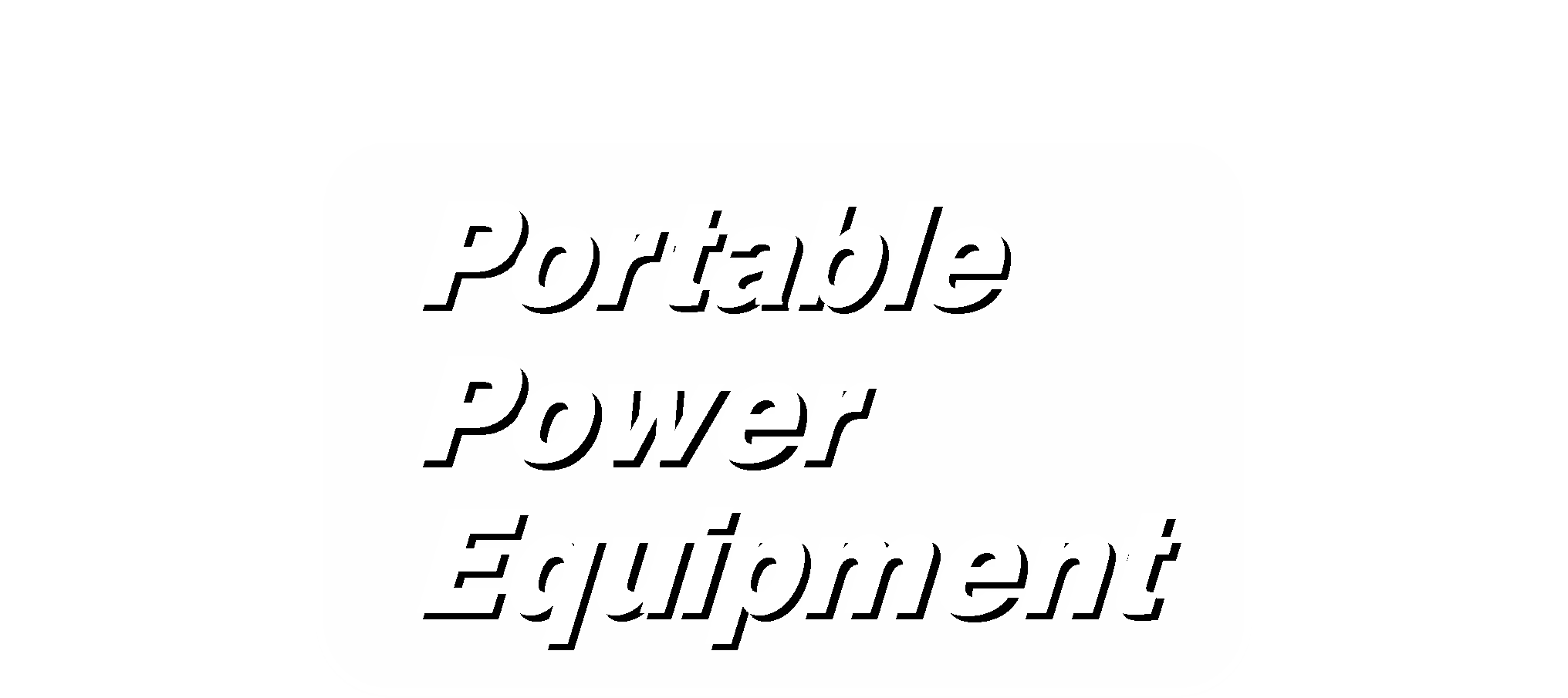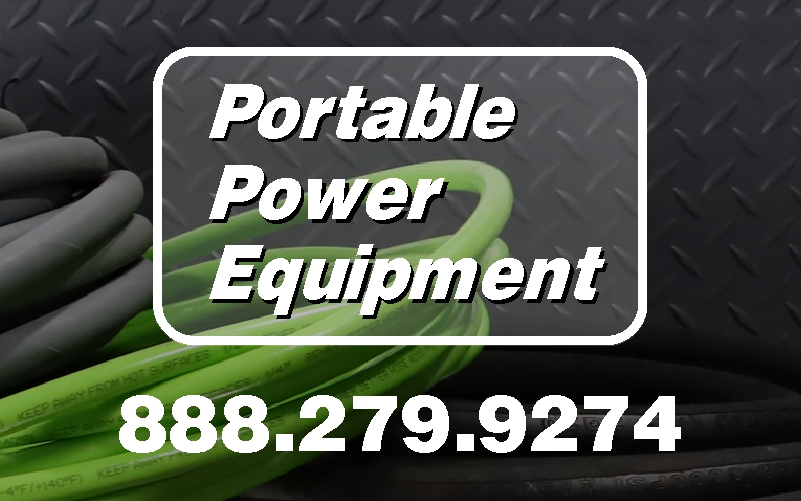Select your Model for Parts
JCW-1504-OMHB
JCW-1504-0MRB
JCW-1504-0MVB
JCW-2003-0MHB
JCW-2003-0MRB
JCW-2003-0MVB
JCW-2403-0MHB
JCW-2403-0MRB
JCW-2504-0MHB
JCW-2504-0MRB
JCW-2504-0MVB
JCW-2703-0MHB
JCW-2703-0MIB
JCW-2703-0MRB
JCW-3003-0MHB
JCW-3003-0MRH
JCW-3003-0MVB
JCW-3004-0MHB
JCW-3004-0MVB
JCW-3504-0MHB
JCW-3504-0MRB
JCW-3504-0MVB
JCW-4003-0MHB
JCW-4003-0MVB
JCW-4004-0MVB
JCW-4004-1MHB
JCW-4004-1MRB
Pressure Washers
Winterizing
For storage and transportation purposes in subfreezing ambient temperatures it will be necessary to winterize your pressure washer. This unit must be protected to the lowest incurred temperature for the following reasons:
- If any part of the pumping system becomes frozen; excessive pressure may build up in the unit which could cause the unit to burst resulting in possible serious injury to the operator or bystanders.
- The pumping system in this unit may be permanently damaged if frozen. FREEZE DAMAGE IS NOT COVERED BY WARRANTY. If you must store your unit in an area where the temperature may fall below 32°F, you can protect your unit by following the procedure outlined below.
Detailed Winterizing Instructions
1. Gather the following items: OR BUY MADE EASY Ready to Use "PUMP SAVER"
- Two 5 gallon containers.
- One gallon of antifreeze. (Mi-T-M recommends environmentally safe antifreeze.)
- Water supply.
- Three foot hose, 1/2-3/4 I.D. with a 3/4 inch male garden hose fitting.
2. Procedure:
- To start winterizing, unit must be ran and primed.
- Shut off the unit and water supply.
- Relieve system pressure by pointing the trigger gun in a safe direction and squeezing the trigger until water flow ceases to exit the nozzle.
- Lock the trigger gun in an OFF position and remove the nozzle.
- Remove the water supply hose from the unit and attach the 3 foot hose securely to the inlet connection.
- Shut off the detergent injector if applicable.
- Fill one 5 gallon bucket with water.
- Holding the 3 foot hose in an upright position, completely fill the hose with water. Then plug the hose outlet with your thumb or finger. Place the plugged end into the 5 gallon bucket of water.
- Start the unit. Trigger the gun several times until all the air is worked out of the system (unit is primed). It may be necessary to adjust the engine RPM down to an idle to aid in priming.
- With the trigger gun held open, siphon enough water out of the 5 gallon bucket until there is just enough water left to mix with the antifreeze. NOTE: Proper winterizing is based on the recommended manufacturer's instructions listed on the "Protection Chart" shown on the back label of most antifreeze containers.
- Point the wand into the empty container.
- Trigger the gun until the antifreeze begins to exit the wand. Release the trigger for 3 seconds, and then trigger the gun for 3 seconds. Continue cycling the gun several times until all the antifreeze mixture is siphoned from the container.
- Detach the 3 foot hose from the unit and drain any excess antifreeze back into the 5 gallon container.
- Disconnect the hose/gun/wand assembly from the unit and drain any excess antifreeze back into the 5 gallon container.
- Store the hose, gun and wand with the unit in a safe area.
- Store antifreeze solution for the next use or dispose of according to state EPA laws.
3. Optional Procedure:
- Shut the unit and water supply off.
- Relieve system pressure by pointing the trigger gun in a safe direction and squeezing the trigger until water flow ceases to exit the nozzle.
- Disconnect and drain the hose, gun and wand.
- Start the unit and allow it to run until all the water exits the unit. Once the water has stopped flowing from the unit, turn off. NOTE: When using this procedure, caution should be used as ice chips can form from drops of water which could cause the unit to burst if starting before completely thawed.
Storage - Cold Water Pressure Washer
ENGINE: The engine instructions that accompany your unit detail specific procedures for maintenance of the engine. Following the engine manufacturer's recommendations will extend engine work life.
PUMP: The pump oil must be changed after the first 25 hours of operation. Once the initial oil change has been completed, it is recommended the oil be changed every 3 months or 250 hour intervals. If oil appears dirty or milky, changes may be required at a greater frequency. Use Mi-T-M pump oil #AW-4085-0016 (insert link to product page) and fill only to the center of the oil sight glass. DO NOT OVERFILL!
NOZZLES: Water flow through the spray nozzle will erode the orifice, making it larger, resulting in a pressure loss. Nozzles should be replaced whenever pressure is less than 85% of the maximum. The frequency of replacement will depend upon such variables as mineral content in the water and number of hours the nozzle is used.
QUICK COUPLERS: There is an o-ring seal inside the female quick coupler. This o-ring will deteriorate or, if the unit is allowed to pump without the high pressure hose or nozzle attached, the o-ring may be blown out occasionally. Simply insert a replacement o-ring to correct the leak. (Additional o-rings can be purchased from your dealer.)
Storage - Hot Water Pressure Washer
ENGINE: The engine instruction manual accompanying your unit lists specific procedures for maintenance of the engine. Following the engine manufacturer's recommendations will extend engine life.
PUMP: Change the pump oil after the first 50 hours of operation. After initial change, every 3 months or 250 hour intervals are recommended. If oil appears dirty or milky, changes may be required in greater frequency. Use Mi-T-M pump oil #AW-4085-0016 (insert link to product page) and fill only to the center of the oil sight glass. DO NOT overfill.
COUPLERS: There are o-ring seals inside the couplers which will deteriorate. To replace, simply install a replacement o-ring to correct the leak. (Additional o-rings can be purchased from your dealer.)
NOZZLE: Water flow through the spray nozzle will erode the orifice, making it larger, resulting in a pressure loss. Nozzles should be replaced whenever pressure is less than 85% of the maximum. The frequency of replacement will depend upon such variables as mineral content in the water and number of hours the nozzle is used.
FUEL WATER SEPARATOR: The fuel filter has a built in water separator. Occasionally the water has to be drained from the separator. Follow the procedures listed below:
- Check the collection bowl daily.
- Ensure the unit is off and place an oil catch basin under the fuel cartridge.
- Loosen the drain plug to allow the fuel/water contaminants to flow into the catch basin.
- Retighten the drain plug when completed.
- Dispose of drainage according to environmental regulations in your area.



